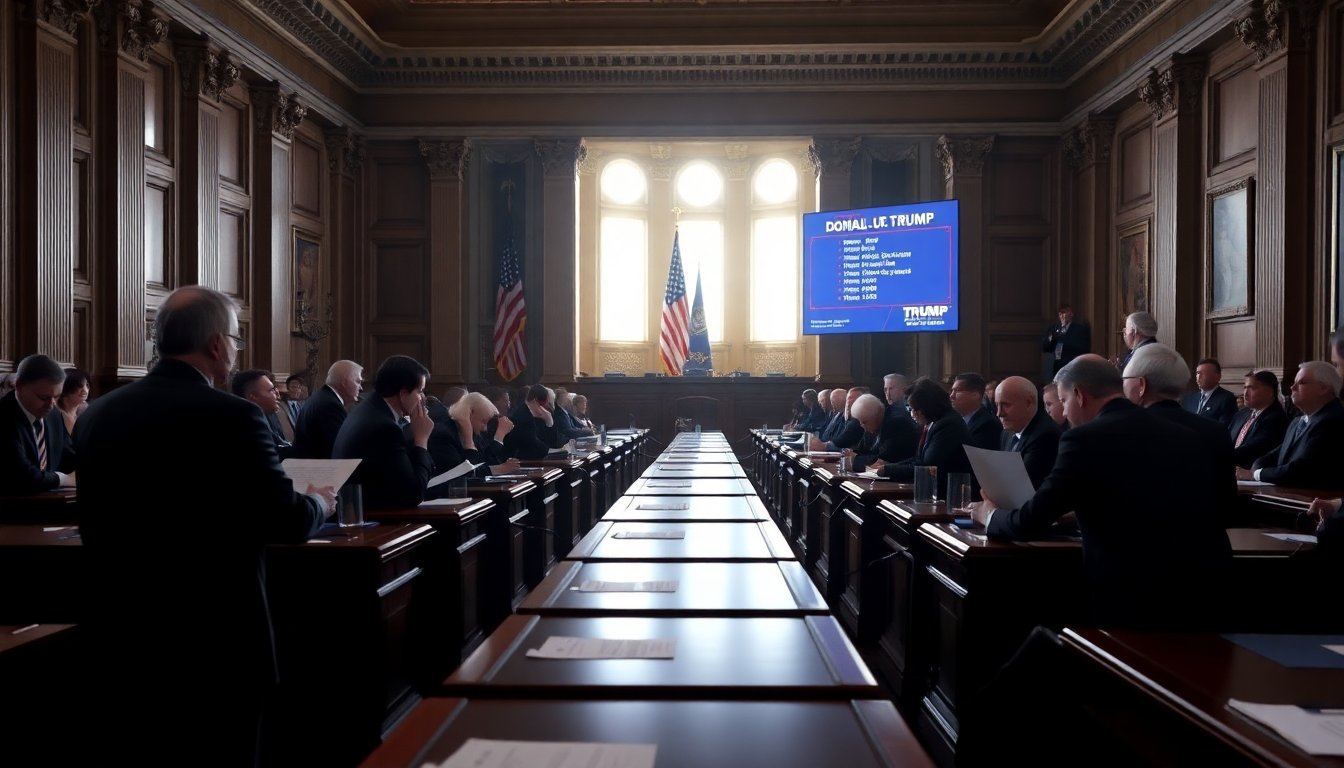Table of Contents
“`html
In a session characterized by efficiency rather than theatrics, Vice President Kamala Harris officially announced the victory of Donald J. Trump. This event unfolded seamlessly, reflecting a significant shift from the tumultuous atmosphere witnessed during the previous election cycle.
Unlike the chaotic scenes from precedenti eventi che gripped the nazione, questo processo di certificazione ha dimostrato un impegno per un trasferimento pacifico del potere. As the political climate continues to evolve, the contrast between these two moments raises important questions about the nature of American democracy.
The certification process
The congressional session took place without the usual fanfare associated with such announcements. Vice President Harris, presiding over the proceedings, succinctly confirmed Trump’s election as the 46th President. The absence of conflict or controversy was palpable, suggesting a broader acceptance of the electoral outcome.
This quick certification process stands in stark contrast to events marked by objections and protests that marred the proceedings. The session showcased a unified front among lawmakers, emphasizing a collective commitment to uphold the democratic process.
Reflections on past elections
The election certification was marked by unprecedented unrest, including the storming of the Capitol, which left lasting scars on the political landscape. In comparison, the recent event was devoid of such incidents, signaling a potential shift toward stability in American politics.
Political analysts have noted that the smoother process may reflect broader societal changes and a desire for a more cooperative political environment. This shift could indicate voters’ increasing weariness with divisive politics, leading to a preference for more harmonious governance.
Implications for American democracy
The implications of this swift certification extend beyond mere procedural efficiency. They suggest a growing trend towards normalization in American political practices. The absence of drama during the certification could foster greater public trust in electoral outcomes, which is crucial for the functioning of democracy.
Moreover, the transition reflects a potential realignment within political parties as they navigate the changing landscape. A more unified approach may pave the way for collaborative policymaking, which has often been elusive.
Future outlook
As the nation looks ahead, the election certification may serve as a benchmark for future electoral processes. The willingness of Congress to endorse the outcome without significant dissent could encourage a more positive political environment moving forward. It raises hopes for a future where electoral disputes are resolved through dialogue rather than discord.
As the nation continues to grapple with its political identity, the events surrounding this certification may ultimately lay the groundwork for a more stable and cooperative governance model. The coming times will reveal whether this moment signifies a lasting change in the political landscape or if the challenges of division will resurface.
“`


